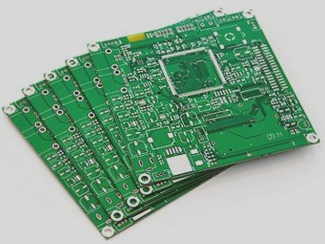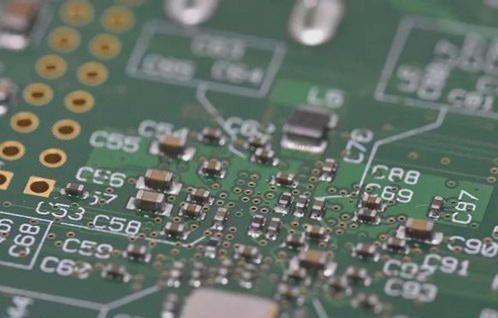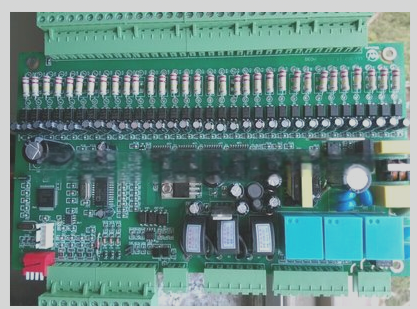Factors Causing FR4 PCB BGA Welding Opening
The opening of BGA welding on FR4 PCBs can be attributed to various factors. These include insufficient solder paste, poor solderability, inadequate coplanarity, chip misalignment, thermal mismatch, and exhaust gas passing through the solder mask. Let’s delve deeper into the effects of these factors:
1. Insufficient Solder Paste
Insufficient solder paste printing can lead to solder opening, especially in CBGA or CCGA. Solder paste collapse is a common issue during reflow for these devices.

2. Poor Weldability
Contamination and oxidation of the pad are primary causes of poor solder wetting. Contaminated FR4 PCB pads hinder solder wetting, leading to open welds on the pad side.
3. Poor Coplanarity
Inadequate coplanarity can directly result in weld opening. It’s crucial to adhere to IPC-600 standards, allowing a maximum non-coplanarity of 5mil in a local area or 1% across the entire area.
4. Chip Offset
Deviation during component mounting can cause weld opening.
5. Thermal Mismatch
Internal stress from thermal mismatch can induce weld opening. Rapid temperature changes during processes like SMT reflow followed by wave soldering can lead to solder joint cracks.
6. Exhaust Gas Passing Through the Solder Mask
Poor exhaust around BGA pads with solder mask restrictions can blow solder away, causing weld opening. Pre-drying the BGA pads can help alleviate this issue.
Measures to Address BGA Weld Opening
- Ensure sufficient solder paste printing
- Enhance FR4 PCB pad weldability
- Maintain coplanarity of the FR4 PCB substrate
- Ensure precise component mounting
- Avoid extreme temperature differentials
- Protect through holes before wave soldering
- Pre-dry components


